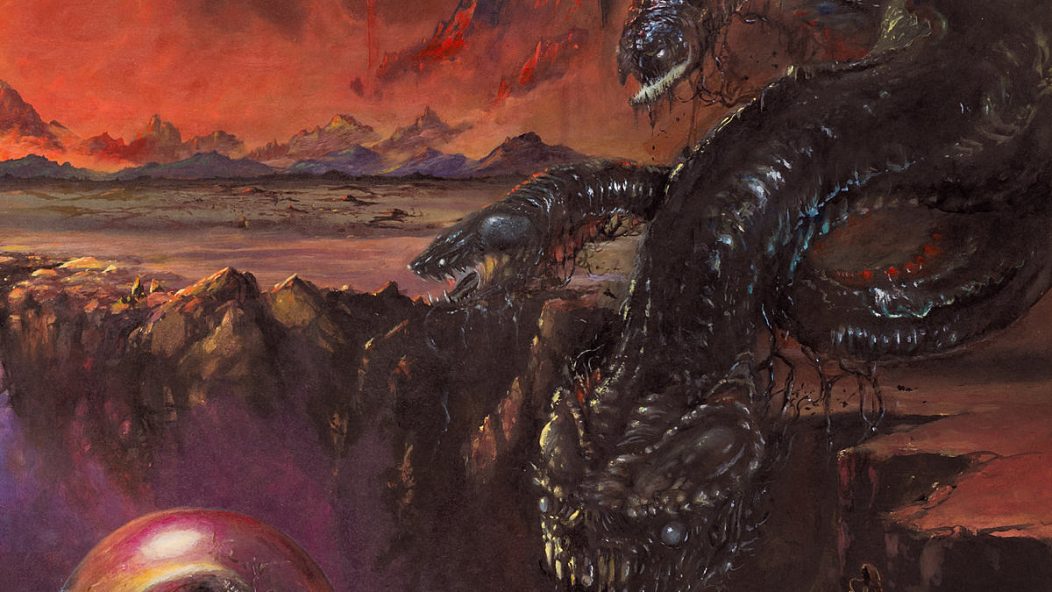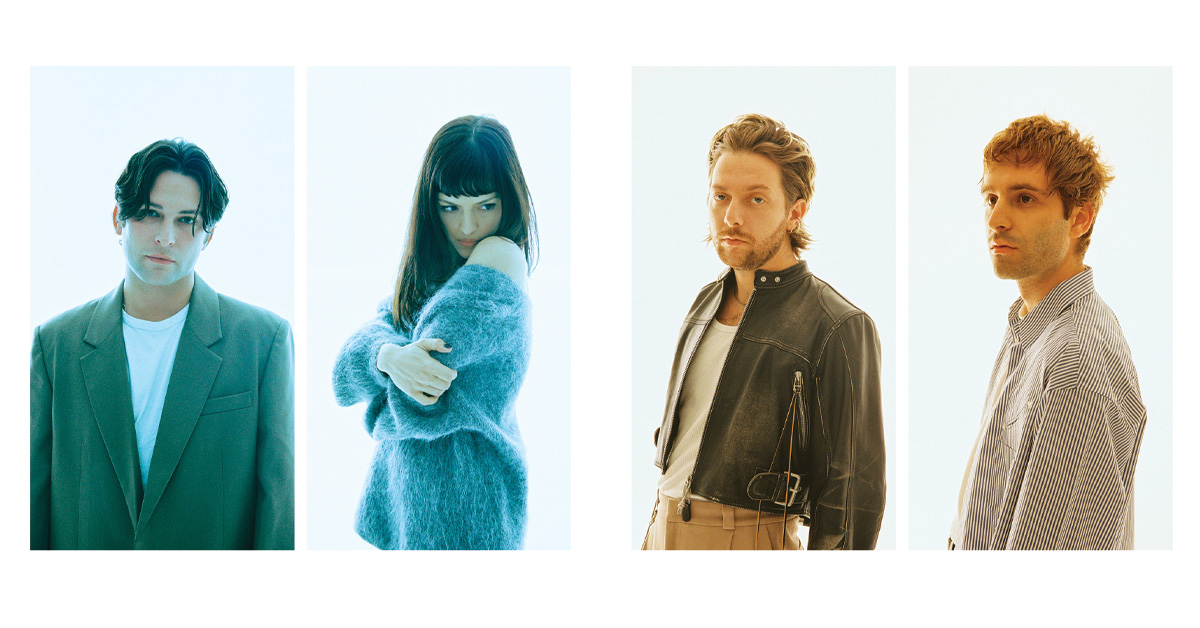
Subgenre Perfector: Markov Soroka & Tchornobog

…
Those who seek to truly innovate style better stickle for detail: Stanley Kubrick perhaps sought to perfect each subgenre he dabbled in – many feel he succeeded. Going to this level requires a wide and deep personal involvement. So, let’s cue three dissimilar, but related, metal brainchildren: Aureole (vivid postmodern atmospherics), Slow (patient and thundering doom), and Tchornobog (schizophrenic death metal). The breadth alone across these three projects showcases the considerable talent and attention to detail of their brainfather, Markov Soroka.
And today we discuss Tchornobog’s upcoming self-titled album (exact release date still unannounced). Stream the second track, “II: Hallucinatory Black Breath of Possession (Mountain-Eye Amalgamation)” below. We covered a track from Aureole’s latest release in November. This leaves Soroka’s most subdued project, Slow, which still deserves close attention, though more of a midnight “last call” listen. Just let it be the finale. Context is important here: ingest these one right after the other for a “Soroka case study,” if you will.
Without pretense, Tchornobog is claustrophobic and rattling, inducing anxiety via stimulation. It offers the listener no help, no hooks, and sends them on a vibe-free, inward psychedelic journey. Think of morose reflection as a form of hallucination. “[Tchornobog] is an empathetic testament to those with severe illness as well as a nod to those of a religious related coping mechanism for the fear of death,” Soroka writes. Does this intense music capture the essences of illness or illustrate its throes for sufferers to relive? Is re-living pain just another form of death?
“II: Hallucinatory Black Breath of Possession (Mountain-Eye Amalgamation)” is 12 minutes of incessant death metal brutality, layered with Aureole-flavored atmospherics, achieved though not with fuzz but through intricate guitar work. The resultant ambiance fogs the technicality and diverts focus from the instruments themselves to the abstract cacophony they help form. Calling Tchornobog death metal is eerily accurate: once you’re totally disconnected from the concrete, you’re stuck in limbo somewhere between real life and null life, where intensities matter more than their constituents.
“Hallucinations as well as harmful substances/conditions are not to be taken lightly and should be evaluated by a professional. Creative output is not treatment,” Soroka says. The dizzying madness of Tchornobog authenticates this approach, especially the second track: it’s overwhelmingly unresolved. Zero climax, no mood variation. Monolithic in this sense. The same way psychological ailments seem to withstand like granite slabs. An unavoidable stagnation of life excites death, the dissolution of any hope for change, even neutral change. Coping can be considered the elongation of suffering, and then final release becomes the sole purpose of expression.
So we turn to the otherworldly. “Spirituality is a very fluid thing, much like black metal. You can mold, shape, bend, vomit, and eat it, and it will still be just an extension of certain parts of your brain coping with death,” Soroka says. “I’m not sure anything qualifies as spiritual from the album other than the meditations as an escapism from less than favorable situations from a troubled childhood.”
Imbuing personal demons into music involves capturing, reshaping, and releasing these demons as music itself. This is necessarily a spiritual process, however you may define spirituality, as the supernatural (or extra-natural) realm is the ground on which bridges between our unique inner states are erected. Tchornobog may be a real expression unto itself, but the moment it connects two minds – the artist and the listener – it transcends solid forms. If healing is possible, it’s found here: the act of sharing, not just writing or listening (or consuming). There is no spiritual without the social. Without our collective pain, there is no art. This remains true for almost all music, but is something specially and specifically addressed here.
“The Tchornobog entity is a monument of my own personal desire to wrestle with my own demons, or in this case, ‘my Tchornobog,'” writes Soroka. “I believe that everyone has their own Tchornobog that they are constantly wrestling with and have their own ways of coping with it, and this was mine in some ways.”
…
…
Tchornobog is scheduled for release within the next few months.
…










